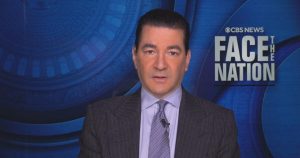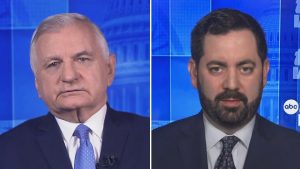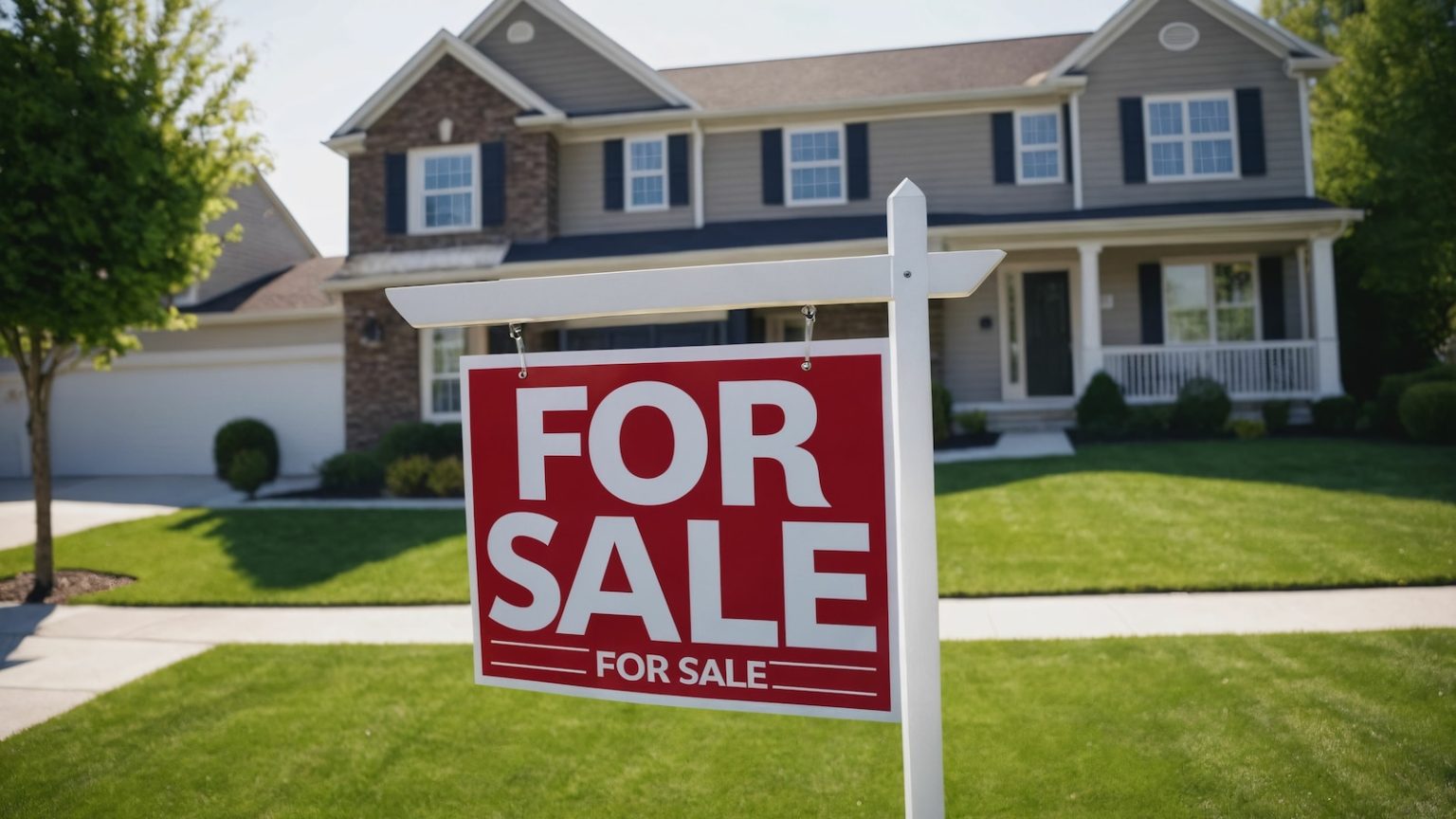The Impact of Tariffs on Housing Affordability: Understanding the Crisis
Housing prices are rising rapidly, outpacing inflation, with the average 30-year mortgage rate exceeding 7%, indicative of a severe affordability crisis. This situation may worsen with the imposition of 25% tariffs on Mexico and Canada, which could inflate the costs of essential building materials like lumber and wallboard.
The Role of Tariffs and Trade Policy
The Trump administration’s tariffs, paused for a month, aim to address drug issues but could burden the housing market. Importers may pass increased material costs to consumers, raising home prices and exacerbating affordability challenges. Experts warn that such measures, while intended to bolster the economy, may counteract efforts to improve housing affordability.
Economic Implications and Expert Opinions
The White House defends tariffs as beneficial for wages and job creation, but experts like Gregg Colburn argue they worsen the housing crisis. Ken Johnson notes that while home price growth has slowed, tariffs could reignite price increases, affecting consumers directly.
Mortgage Rates and the Fed’s Response
Mortgage rates are at 6.95%, with concerns that tariff-induced inflation could lead the Fed to maintain or raise rates, further hobbling affordability. Marc Norman highlights that the housing market is already strained, and tariffs add another layer of complexity, potentially hampering recovery efforts.
In Conclusion
The housing market faces a perfect storm of high prices, rising mortgage rates, and potential tariff impacts. Policymakers must balance economic strategies with the urgent need for affordable housing solutions, recognizing the interconnected challenges that tariffs introduce to an already stressed system.















